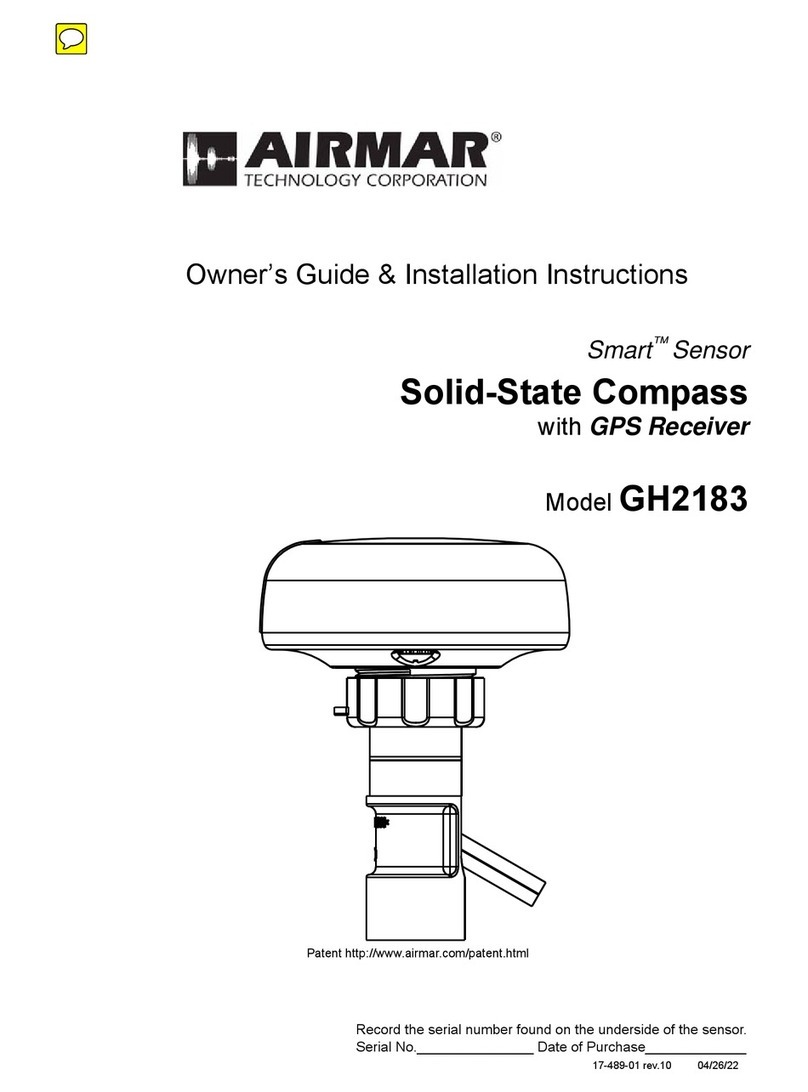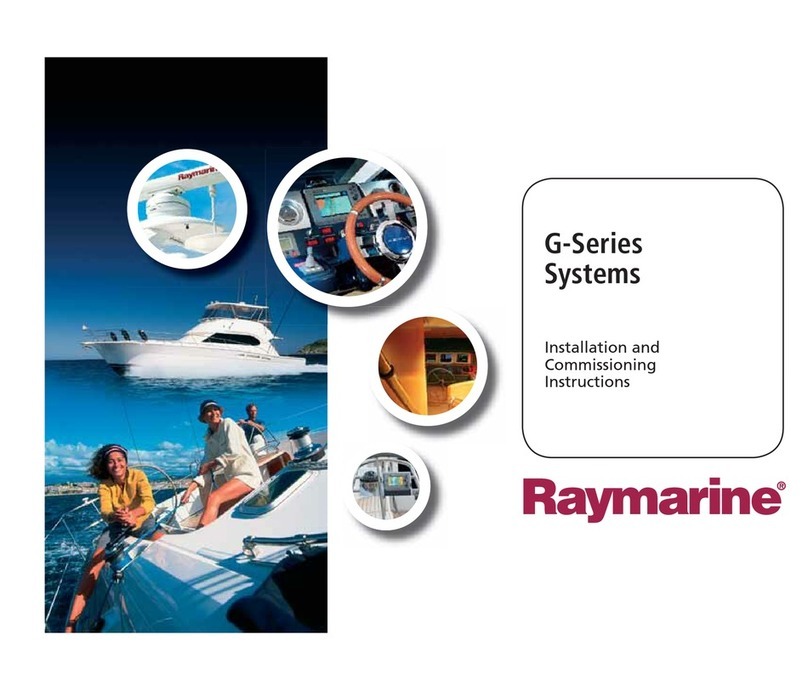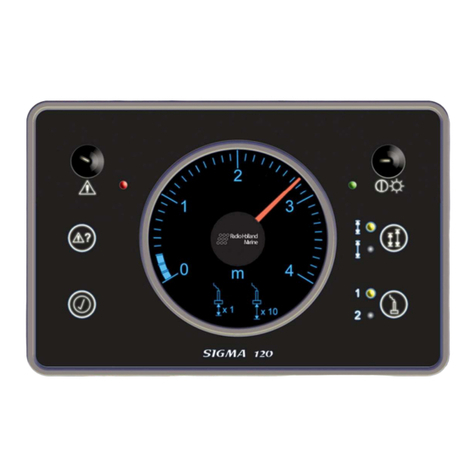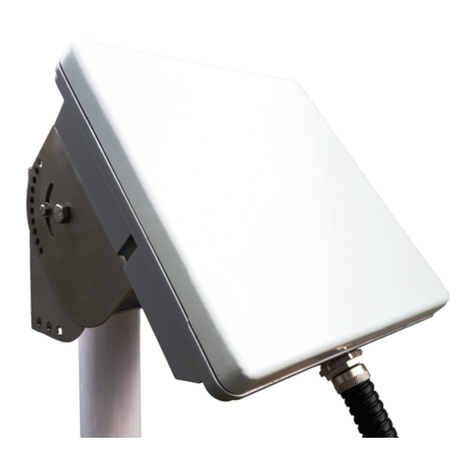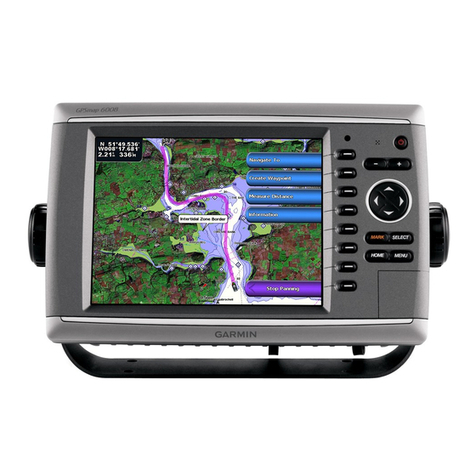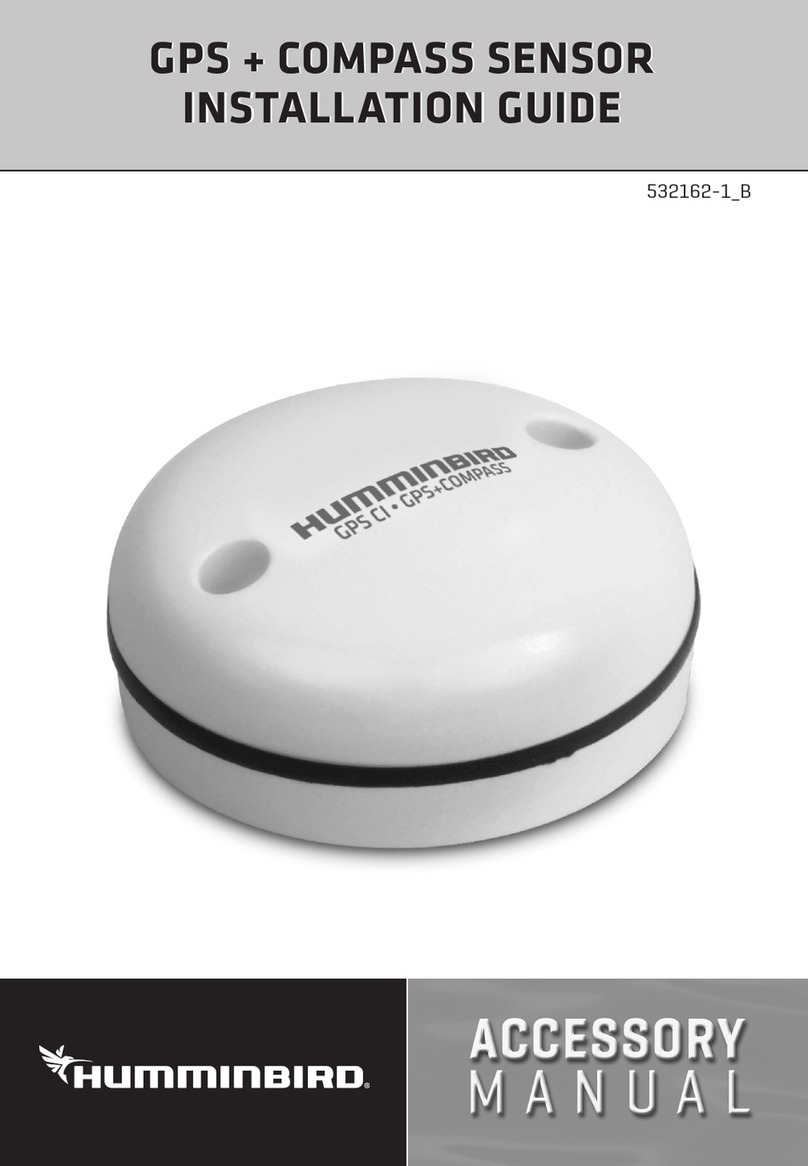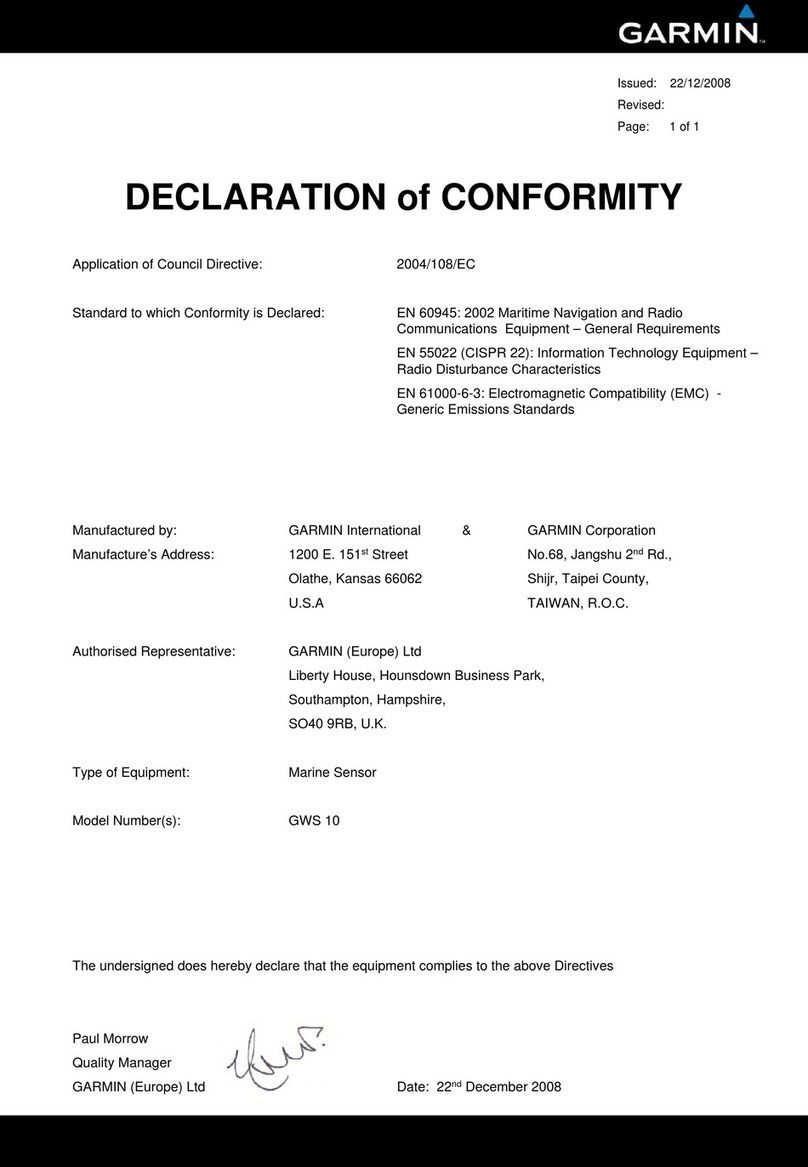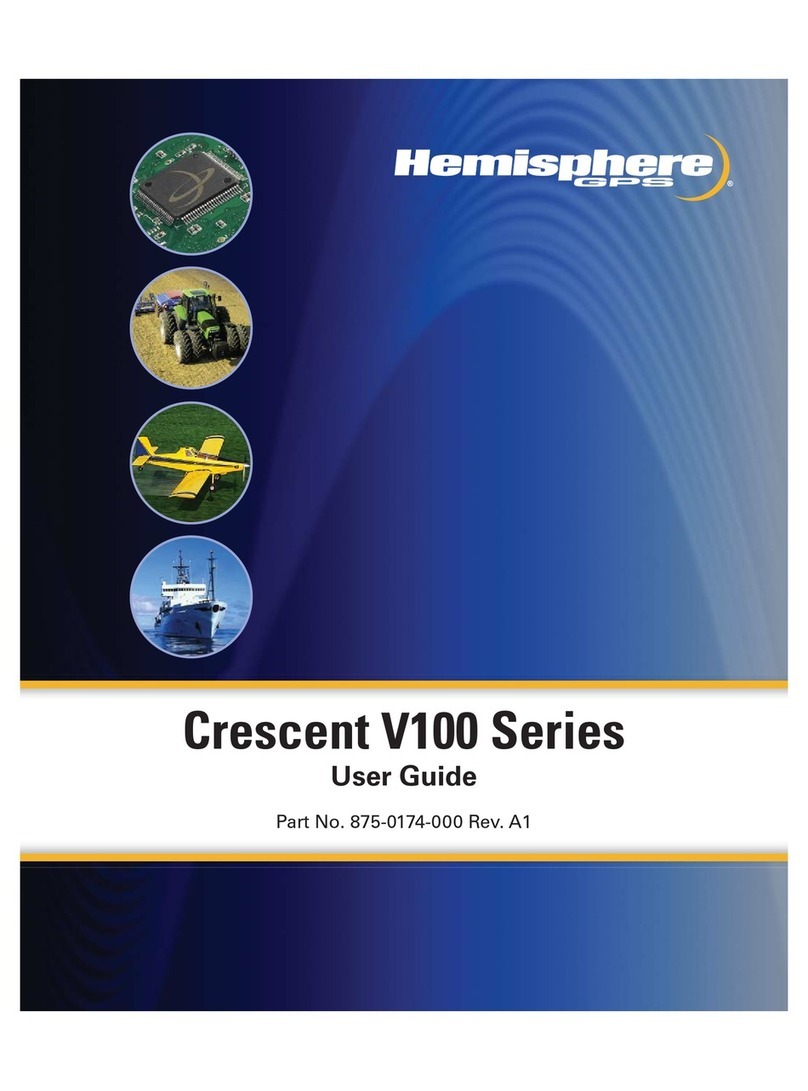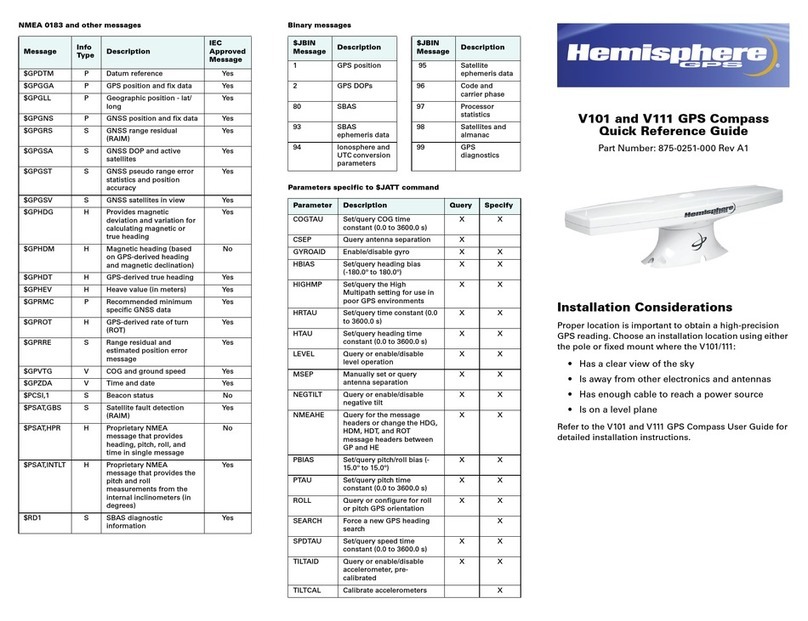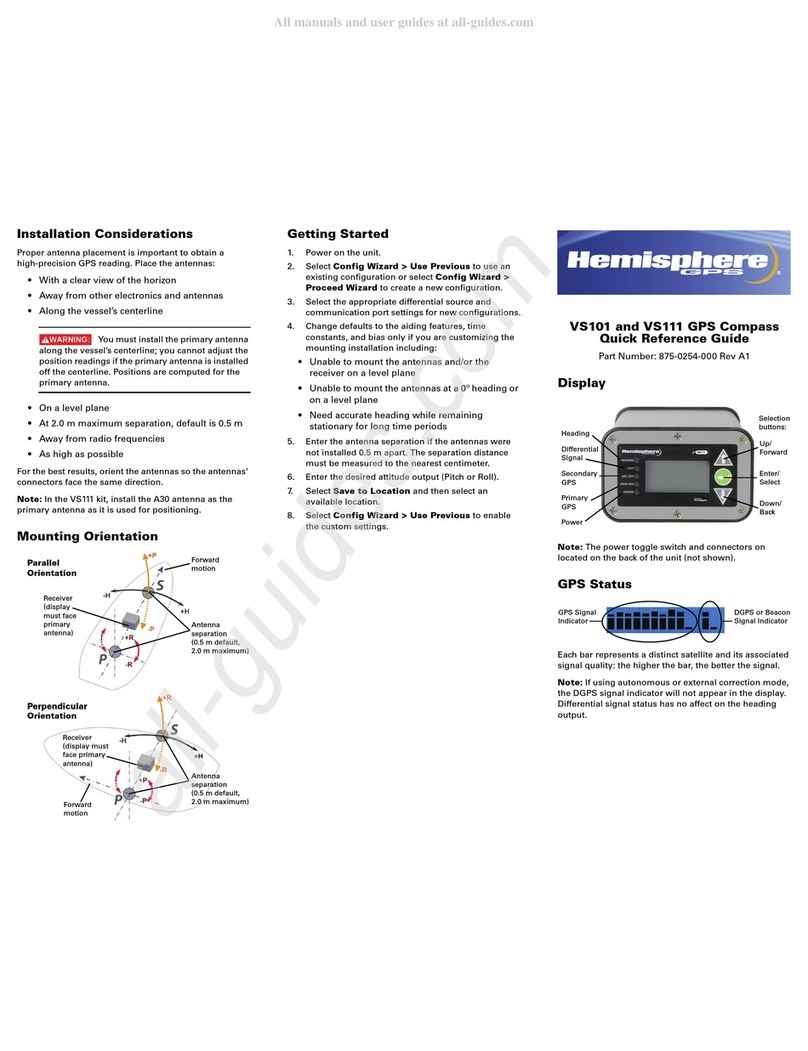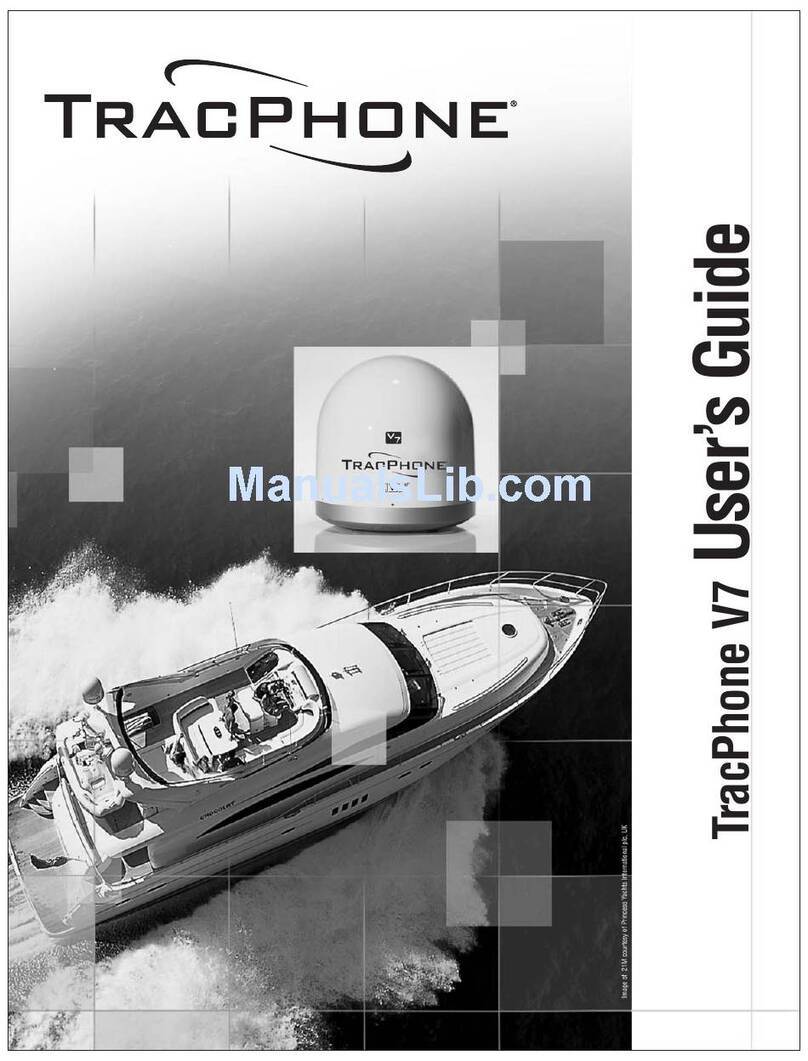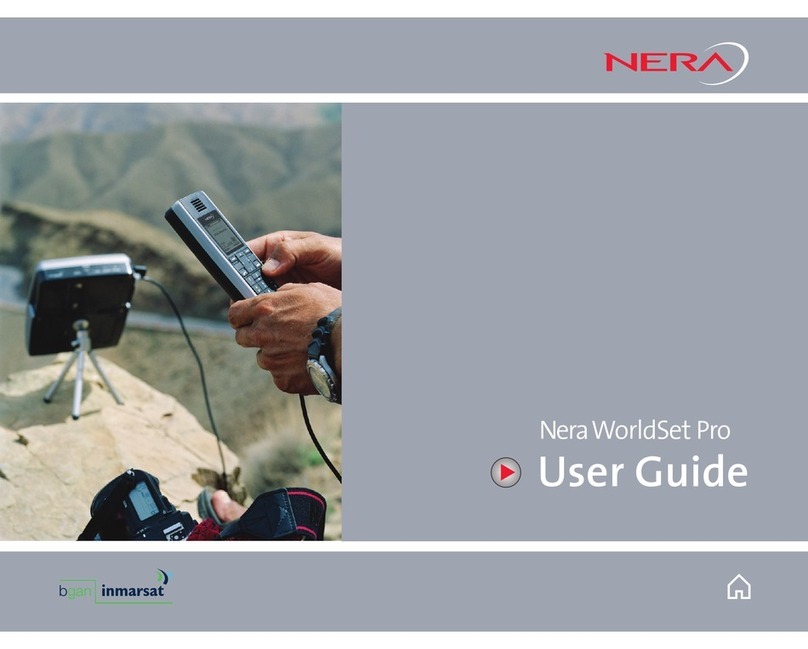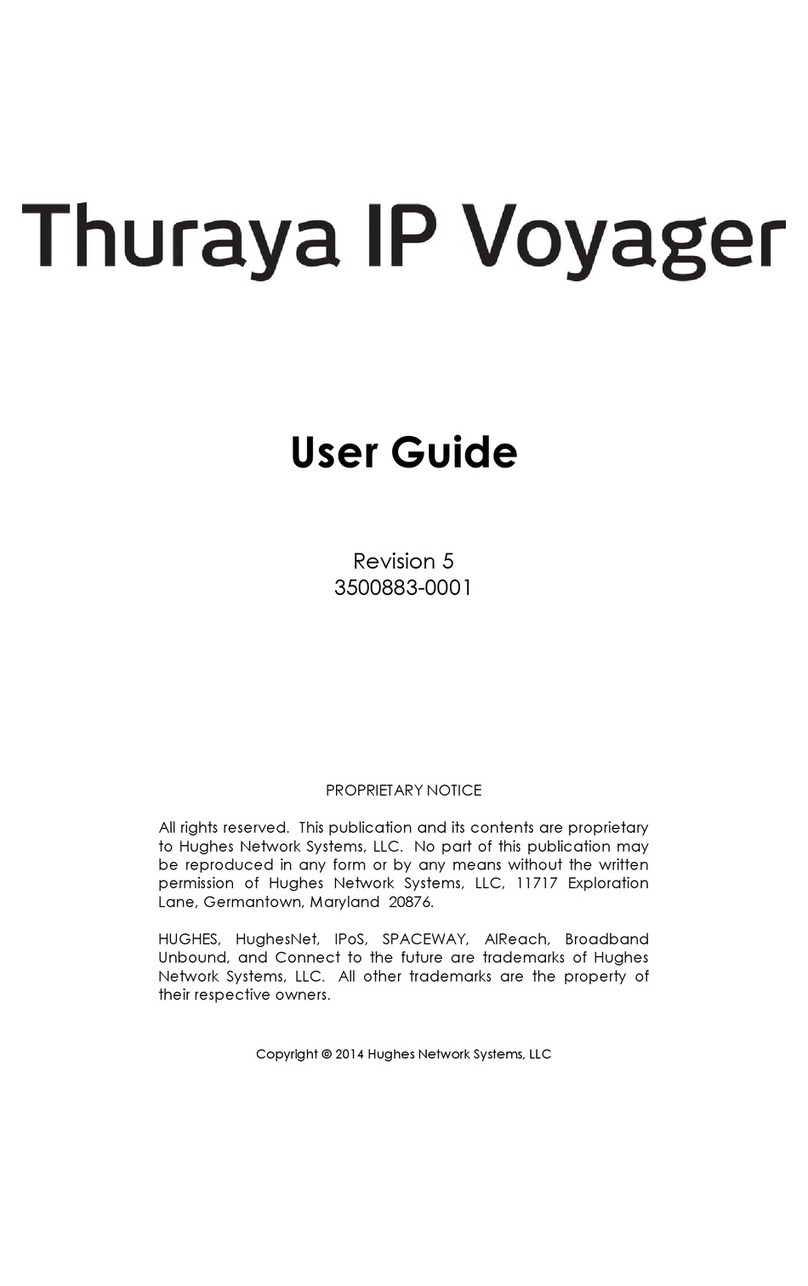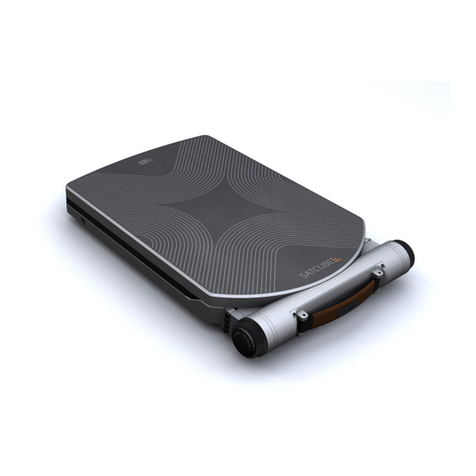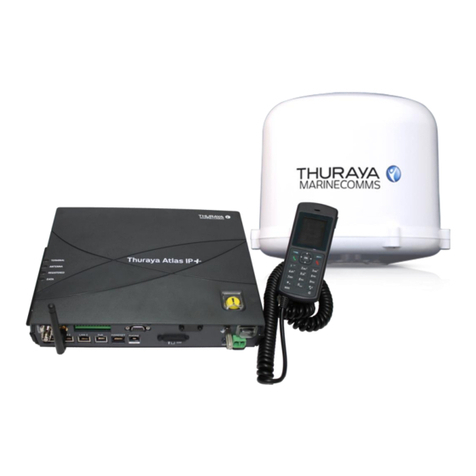
ii
Table of Contents
Copyright Notice ............................................................................................................................................. i
Trademarks .................................................................................................................................................... i
Patents ........................................................................................................................................................... i
Notice to Customers ....................................................................................................................................... i
Technical Support .......................................................................................................................................... i
Documentation Feedback .............................................................................................................................. i
Chapter 1: Introduction .................................................................................................................................. 1
Introduction ................................................................................................................................................... 2
Overview ...................................................................................................................................................... 2
Parts List ...................................................................................................................................................... 3
Chapter 2: Installation ................................................................................................................................... 4
Installation ..................................................................................................................................................... 5
Mounting Location ....................................................................................................................................... 5
GNSS Satellite ............................................................................................................................................. 5
Beacon Reception ....................................................................................................................................... 5
Environmental Considerations..................................................................................................................... 6
VHF Interference ......................................................................................................................................... 6
Mounting Orientation ................................................................................................................................... 7
Vector Compass Alignment ......................................................................................................................... 8
Mounting Options ........................................................................................................................................ 9
V103/113 Dimensions ........................................................................................................... 10
Power/Data Cable Considerations ............................................................................................................ 11
Mounting the V103/113 ............................................................................................................................. 11
Flush Mounting the V103/113 ............................................................................................... 11
Pole Mounting the Vector Compass ..................................................................................... 12
Figure 2-8: Pole Mounting the V103/113 .......................................................................... 13
Connecting the Serial Cable or Serial-to-NMEA 2000 Adapter to the V103/113 ................. 13
Connecting the Serial Power/Data Cable ............................................................................. 14
Connecting the Serial-to-NMEA 2000 Adapter ..................................................................... 15
Ports .......................................................................................................................................................... 16
Serial Ports ........................................................................................................................... 16
Serial Port Configuration ...................................................................................................... 16
Selecting Baud Rates and Message Types ......................................................................... 17
Recommendations for Connecting to Other Devices ........................................................... 17
NMEA 2000 Port ................................................................................................................... 17
